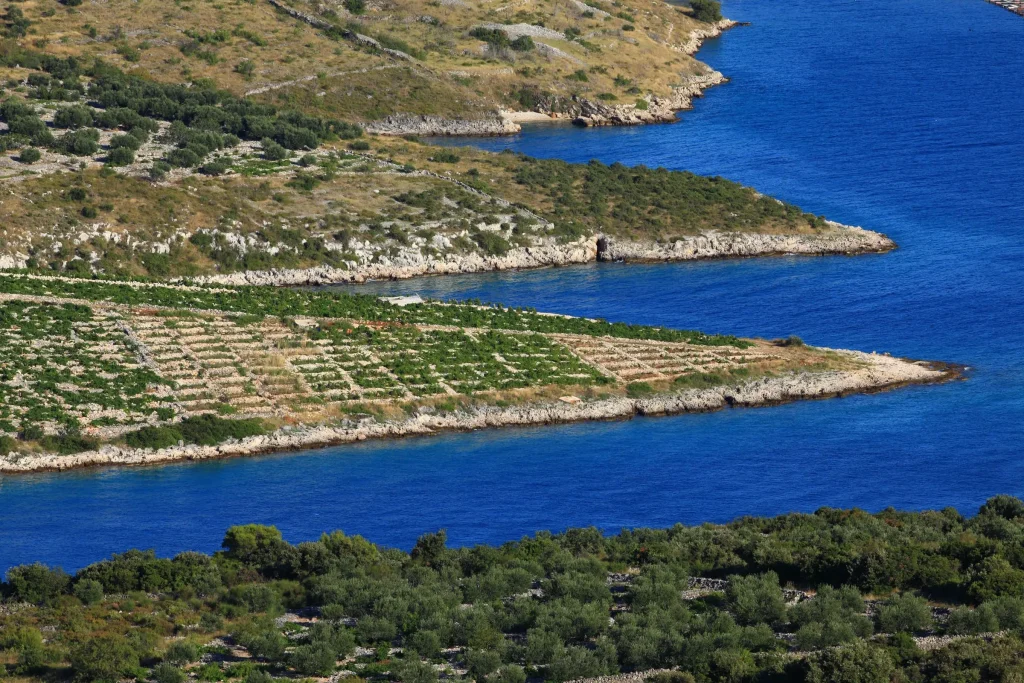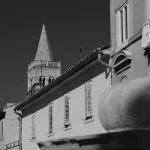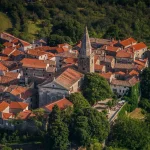We’ve explored many of the dialects, subdialects and indeed languages in their own right as some linguists consider them to be which are spoken across modern Croatia. From the Dubrovnik subdialect (Ragusan) in the extreme south of Dalmatia to Northwestern Kajkavian in areas like Zagorje, the ways in which people speak in this country deviate from what we know as standard Croatian language enormously.
That goes without even mentioning much about old Dalmatian, Zaratin, once widely spoken in and around Zadar, Istriot, or Istro-Venetian. Shtokavian is far less obscure than the majority of the above, with the exception of Kajkavian and Chakavian, and forms the basis of the Croatian language standard as we know it today.
If you’re not a linguist and you hear the words Shtokavian, Kajkavian or Chakavian, you’re probably thinking ”what?!”. Did you know that the question of ”what” is so valid in this context that it makes up the beginning of each of these names? In the parts of the country where the Western Shtokavian dialect is dominant, the Croatian word for ”what” is ”shto”, and for the areas of the country where Kajkavian is used, the word for what changes to ”kaj”, and – you guessed it – for Chakavian, people typically say ”cha”.
Where is the Shtokavian dialect used?
In the modern day, Shtokavian is used in much of Croatia, as well as in Montenegro, Serbia, Bosnia and Herzegovina, and even in parts of Austria (more precisely in Burgenland).
A brief history of the Shtokavian dialect
For the sake of this article not turning into a book, I’ll be focusing on the use of the Shtokavian dialect solely in the Croatian sense, and we first see it appear way back in the 12th century, then splitting off into two zones; Eastern and Western – one encompassed Serbia, the more eastern parts of Bosnia and Herzegovina and further south in Montenegro, while the other was dominant in Slavonia and in most of Bosnia and Herzegovina.
We can read early texts written in the Shtokavian dialect which are dated as far back as the 1100s, one of the most important of them all being the regulation of commerce between Dubrovnik and Bosnia, called the Ban Kulin Charter. Other legal documentation also boasts the dialect from across Dalmatia during the pre-Ottoman era, and Dubrovnik stands out quite a lot in this regard. Another important text written in the Shtokavian dialect is the Vatican Croatian Prayer Book which was published before the year 1400 in Dubrovnik.
Are there different dialects within the wider Shtokavian dialect?
In short – yes. There are a great many dialects (or subdialects) of the Shtokavian dialect which are or were spoken in different areas of not only Croatia but within the wider region. As I said before, for the sake of this article not becoming a book, I’ll focus only on Shtokavian spoken in Croatia, and as such draw your attention to Slavonian (old Shtokavian), Bosnian-Dalmatian (neo Shtokavian), Eastern Herzegovian (neo Shtokavian) and the Dubrovnik subdialect (neo Shtokavian).
Slavonian
Meet Podravian/Podravski and Posavian/Posavski (just when you thought this couldn’t possibly get any more needlessly complicated). This form of speech is spoken primarily by Croats from Baranja, Slavonia and areas of the wider Pannonian plain. The aforementioned subdialects (Posavian and Podravian) are the northern and southern variants of the dialect, and there are ethnic Croats who speak it outside of Croatia’s modern borders in parts of northern Bosnia, as well. The two subdialects boast two accents, Ikavian and Ekavian.
Bosnian-Dalmatian
This dialect is sometimes referred to as Younger Ikavian and most people who speak it are ethnic Croats from a wide range of modern Croatia – spanning from Dalmatia all the way to Lika and Kvarner. Outside of Croatian borders, you’ll also find people who speak it in Subotica (Serbia) and in Herzegovina, and to a much lesser extent in areas around Central Bosnia. Unlike with Slavonian, the only accent heard in the Bosnian-Dalmatian pronunciation of the wider Shtokavian dialect is Ikavian.
Eastern Herzegovian
This is the most widespread subdialect of the Shtokavian dialect of all, encompassing vast areas of Croatia, Montenegro, Bosnia and Herzegovina and Serbia. Of all of the subdialects of the Shtokavian dialect, Eastern Herzegovian (or Eastern Herzegovinian) has the largest number of speakers.
The Dubrovnik dialect (Ragusan)
You can read more about the Dubrovnik dialect (or subdialect) by clicking here.
Standard Croatian is based on the neo Shtokavian dialect, but despite that, it took over four centuries for this dialect to gain enough ground and eventually prevail as the basis for modern Croatian, with other dialects (including Kajkavian and Chakavian) falling short primarily owing to not only historical reasons but because of usually turbulent political issues.
For more on exploring the Croatian language, as well as the numerous dialects and subdialects spoken in different areas across the country, and even a look into endangered and extinct languages, make sure to check out our dedicated lifestyle section.












